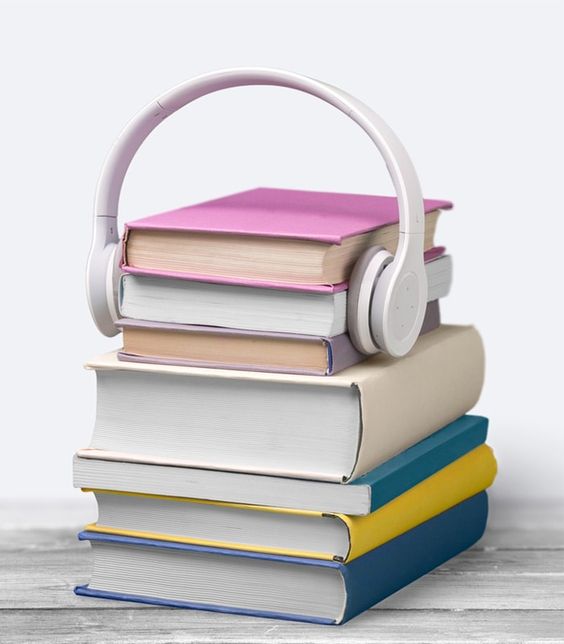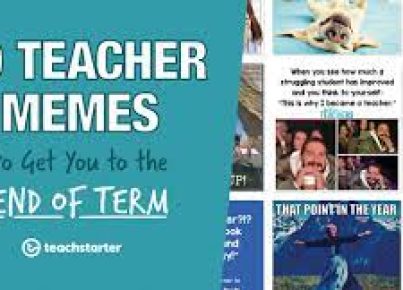Introduction
Financial literacy is an essential life skill that allows individuals to make informed decisions about managing their personal finances. Sadly, many students struggle to understand the intricacies of money management due to a lack of proper guidance and resources. This is where a comprehensive workbook and guide can play a crucial role.
Our free workbook and guide is designed to improve your students’ financial confidence by providing them with the information and tools necessary to understand budgeting, saving, investing, and effectively managing debt. Read on to learn more about how our workbook can aid you in educating your students about personal finance.
How Our Workbook Can Benefit Your Students
1. Introduces Basic Financial Concepts:
Our workbook offers a simple and straightforward approach towards introducing key concepts such as income, expenses, budgeting, and various types of savings accounts. It allows students to grasp these concepts quickly and provides real-life examples for better understanding.
2. Interactive Exercises:
To facilitate learning, our workbook contains a variety of engaging exercises that encourage students to apply the knowledge they’ve gained. These activities are designed not only to test their understanding but also to help them make connections between various financial aspects in real life.
3. Goal Setting and Planning:
Our guide encourages students to set SMART (Specific, Measurable, Achievable, Realistic, Time-bound) financial goals and develop strategies to achieve them. It also provides budget planning worksheets that allow students to track their income, expenses, and savings systematically.
4. Debunking Financial Myths:
The workbook addresses common misconceptions about money management while establishing good financial habits for the future. By debunking these myths, it helps students make well-informed decisions concerning their personal finances.
5. Tips and Tricks for Effective Money Management:
The guide contains various tips on how to cut expenses, boost savings, minimize debt, and manage money effectively. It consists of practical skills and strategies that students can apply on their path to financial independence.
6. Complementary Resources:
In addition to the workbook, our guide provides a comprehensive list of supplementary resources. These resources include books, podcasts, and websites covering various aspects of personal finance further enhancing the learning experience.
Conclusion
The importance of building financial confidence in students cannot be overstated. By utilizing our free workbook and guide, you can help them develop an understanding of money management concepts and empower them to make informed decisions about their future financial well-being. Don’t miss out on this excellent opportunity to make a positive impact on your students’ lives by equipping them with the essential knowledge they need to become financially savvy.





